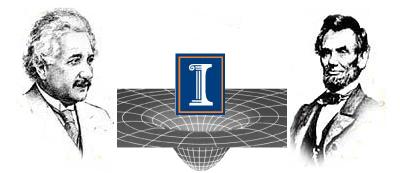Dynamically Stable Ergostars Exist: General Relativistic Models and Simulations

- Antonios Tsokaros
- Milton Ruiz
- Lunan Sun
- Stuart L. Shapiro
- K$\mathbf{\bar{o}}$ji Ury$\mathbf{\bar{u}}$
Abstract
We construct the first dynamically stable ergostars (equilibrium neutron stars that contain an ergoregion) for a compressible, causal equation of state. We demonstrate their stability by evolving both strict and perturbed equilibrium configurations in full general relativity for over a hundred dynamical timescales ($\gtrsim 30$ rotational periods) and observing their stationary behavior. This stability is in contrast to earlier models which prove radially unstable to collapse. Our solutions are highly differentially rotating hypermassive neutron stars with a corresponding spherical compaction of $C=0.3$. Such ergostars can provide new insights into the geometry of spacetimes around highly compact, rotating objects and on the equation of state at supranuclear densities. Ergostars may form as remnants of extreme binary neutron star mergers and possibly provide another mechanism for powering short gamma-ray bursts.
arxiv:1907.03765